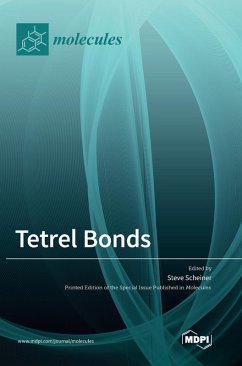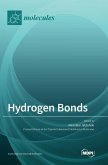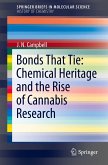The replacement of the bridging H atom in H-bonds by a multitude of other, more electronegative, atoms has led to the rapidly growing study of related noncovalent bonds generally known as halogen, chalcogen, and pnicogen bonds. It has recently been recognized that elements of the tetrel family (C, Si, Ge, Sn, Pb) also engage in such bonds, wherein the tetrel atom serves as an electron acceptor to an incoming Lewis base, and that these bonds can be quite strong. This type of bond has the potential to be of importance comparable even to that of the well-researched H-bond, as it may be far more prevalent than has been realized, perhaps a common feature of chemical and biological systems too numerous to mention. The articles included in this volume delve into the many facets of tetrel bonds: the factors determining their strength, their geometrical requirements, various phenomena in which they play an outsized role, and the means by which they can be detected and measured.
Hinweis: Dieser Artikel kann nur an eine deutsche Lieferadresse ausgeliefert werden.
Hinweis: Dieser Artikel kann nur an eine deutsche Lieferadresse ausgeliefert werden.








